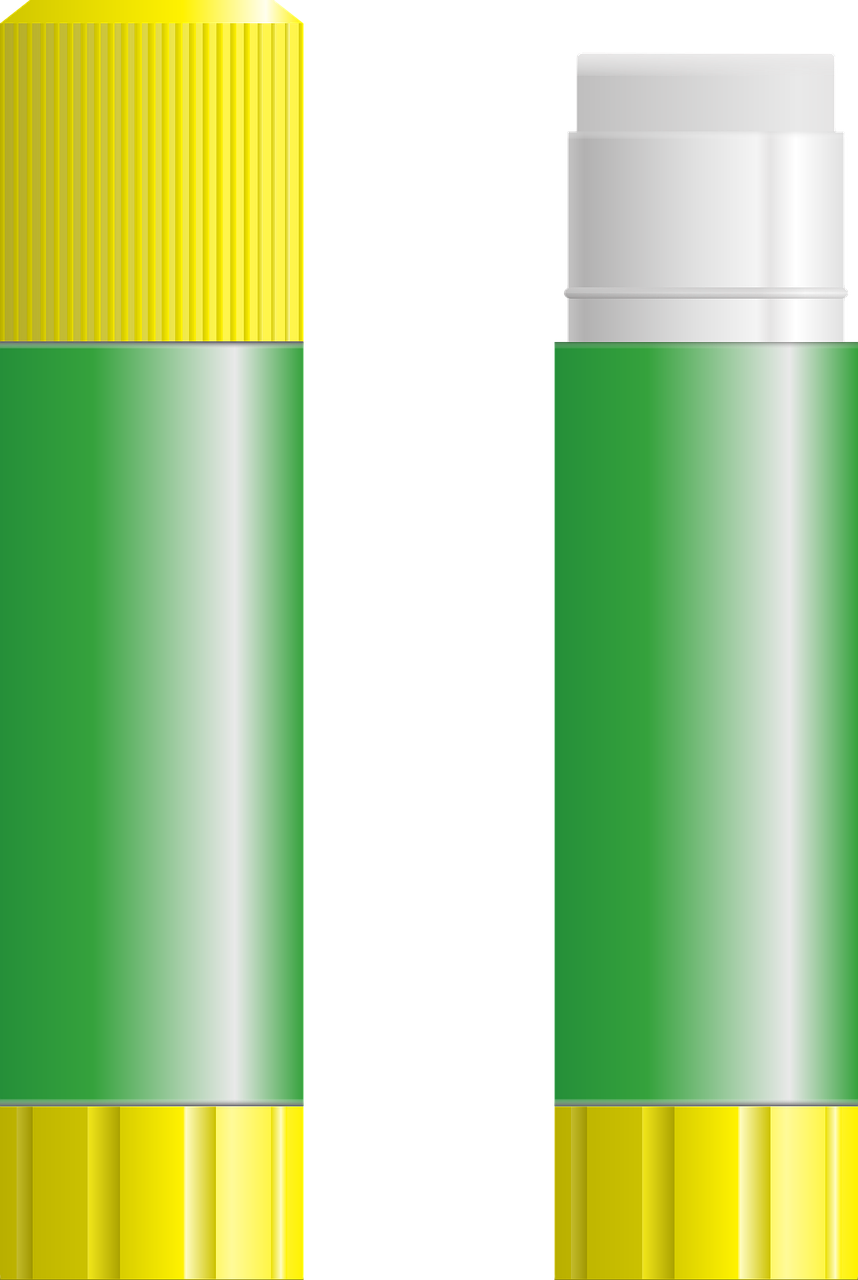
Incinerator Systems / Incinerator Packages for Industrial Hazardous Wastes – Part 5
The increasing role of adhesives in industrial applications cannot be over-emphasised. As new products and new industries emerge, adhesives and sealants find increasing applications. Today there are many industries where adhesives are one of the key raw materials for their end products. Industries need adhesives for specific applications. Sealants and adhesives are used for bonding substrates such as metals, plastics, composites, foams, elastomers, wood products, glass, ceramics and honeycomb structures. They are extensively used in electric motor applications for insulation of windings as well as stators.
Most adhesives are polymers such as polyurethanes, co-polymers, elastomers, styrene-butadiene, polyamides, polyesters, etc. There are structural adhesives like epoxies, and certain urethanes and acrylic adhesives, which can take considerable stresses, making them suitable for structural applications too. In addition to adhesion related uses, they are also used as sealing agents to prevent oxidation, corrosion, waterproofing, etc.
The properties of adhesives are such that they can pose certain hazards at work. They are flammable, explosive and are susceptible to cause burns when using hot metals. They also induce chemical effects like toxicity, skin irritation, acid burns and allergies. For these reasons, they are classified as hazardous industrial wastes. They become waste products when there are production rejects or there are residues that have been removed from surfaces, tools, or scraped up during substrate preparations.
The Hazardous Waste (Management, Handling and Transboundary Movement) Rules, 2016 mentions `Residues of glues and adhesives` under Category 23.1`. Haat has supplied incinerators for this application and has come out successful in their proper functioning by understanding and resolving certain difficult issues due primarily to the characteristics of this material.
This application posed considerable challenges with:
- Heavy smoke while burning
- Instant flame shoot up on charging waste
- High skin temperature while burning
We have successfully resolved these issues with our design and operation methodology and our incinerator systems are working very well with a few clients who have their operations in India and abroad. There are clients who use Haat’s systems for disposal of glued polyurethane foams in their manufacture, where again, similar problems have been resolved satisfactorily.
Haat has also provided Regenerative Thermal Oxidisers for disposal of off gases or vent gases (containing some of these solvents) produced during the industrial use of adhesives.


